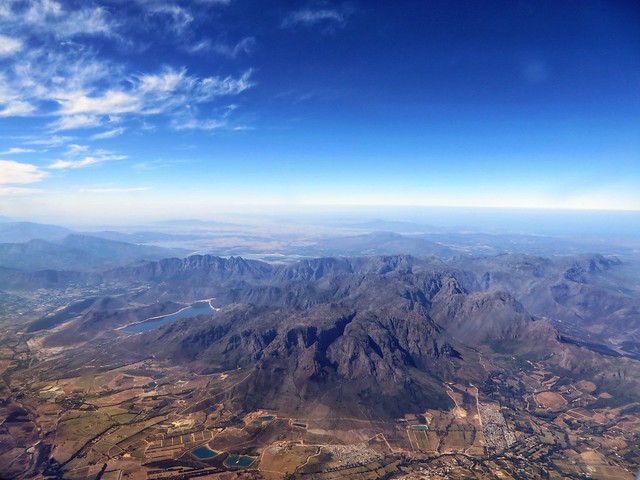
Our small plane soared over South Africa’s rugged landscape as we flew toward the MalaMala Game Reserve. With the Kruger National Park sprawled out down below, I began to stare into the trees in earnest, on the lookout for a herd of zebras or an elephant stampede. Maybe even the slight evidence of a tussle in the dust to indicate a lion hunt?
Pre-safari expectations
It’s safe to say that when I arrived in South Africa, going on safari was what I was most excited about. And who wouldn’t feel the same when they’re offered the chance to see so many incredible animals in the wild – not to mention experiencing what life is like in one of Africa’s largest game reserves?
But then again, I wasn’t actually sure of how many animals we were likely to see. My sole experience with safaris was during the off season in Kenya’s Masai Mara over a decade ago, where our animal sightings were few; two giraffes ambling across our jeep’s path, a group of elephants in the distance, the occasional slow-moving tortoise and an awful lot of dung beetles at the side of the road.
Our guide was strangely very interested in showing us the latter.
So it’s not really surprising that I’d imagined a similarly modest experience for South Africa.
Even with my glasses firmly on my face, I was half-expecting three days of staring into the trees with just an occasional glimpse of an animal’s back end as it wandered away.
Luckily, I had no idea how wrong I was.
A spectacularly South African safari
It only took a few minutes of driving after we’d clambered into our waiting jeep outside the tiny Skukuza airport for our driver to slow the vehicle and whisper, “We are very lucky today…”
He gestured to his right and we looked out of the windows to see a group of lions sleeping happily in the shade of a copse of trees. They were close enough to touch.
If I’d wanted to, of course – which couldn’t have been further from my mind.
By the time we’d reached the entrance of MalaMala Game Reserve, the car’s sudden halts were becoming a common occurrence.
We’d watched an elderly bull elephant lumbering through the trees mere metres from our jeep; two giraffes munching at leaves above our heads; and a group of impala staring haughtily at us before suddenly bolting off without a sound.
At the camp, we were introduced to Greg, our ranger, driver and guide for the duration of our stay. Although he was younger than me, Greg owned a slightly terrifying gun and had practically grown up in the South African bush.
There was little time for introductions, though. After the quickest of turnarounds at MalaMala’s main camp we were off again, out into the reserve.
As any safari-going traveller knows, game drives are the primary reason for staying somewhere like this, and it was clearly our ranger’s aim to have us in the jeep – or ‘my vehicle’, as he kept referring to it – as much as possible over the next three days.
We’d barely adjusted to the movement of the jeep when Greg suddenly veered off course, one finger held on his earpiece. A radio message had come through from another vehicle a few minutes away: they’d spotted a group of lionesses, and something was definitely afoot.
The next two hours were, without being too dramatic, some of the most thrilling I’ve ever had.
Lionesses on the hunt
There were five more lionesses in the surrounding scrubland, Greg told us as we pulled up directly opposite these two creatures, both standing stock still in the tall grass. I couldn’t take my eyes off them; neither could anyone else in the car. Another jeep pulled up behind us, and we stayed there for what felt like seconds but must have been at least twenty minutes.
When the females eventually padded away through the bush, Greg revved up his vehicle and we were off. Hunting the hunters: watching how alert their bodies were, how carefully they stepped, how fixated their eyes were on the seemingly oblivious herd of impala up ahead.
When the action happened, it all happened at once. First, the lioness was lying under a tree – ears low, haunches raised – and then a flurry of leaves as the impala scattered and she ran straight and deadly towards them.
My heart raced.
When Greg pulled our jeep into the grass of an open clearing, the attack had already happened but the chosen impala was still floundering. Legs were everywhere – I couldn’t tell which animal they belonged to – and then the action was suddenly solely between the two lionesses responsible for the kill.
A third lioness quickly approached, and the kill became a fight. All three clearly wanted the fresh prize for themselves, and all went tumbling through the scrub. By then we were one of three jeep-loads of tourists, breath-bated with unconscious grins and constantly snapping cameras.
Eventually we were watching the blood-covered muzzles of two lionesses as they feasted on what they’d managed to hold onto in the fight.
The best first game drive ever
Over the course of that evening’s safari, the sightings kept on accumulating. We saw a mother rhino with her calf, more herds of impalas, a troop of buffalo walking slowly along the path, and a group of baboons playing in the tree branches above the river.
Once the darkness had fallen, we assumed it was time to head back to camp – but that’s when a final surprise appeared, padding silently along the dirt track ahead of our jeep.
A female leopard, nose twitching at the variety of scents in the air, was out on the prowl. So of course we had to follow her.
For another two hours we slowly moved with her through the pitch black, using Greg’s strong flashlight and going off-road through scrubland, carefully passing off various thorn branches so they didn’t hit us in the face, while Greg spoke via walkie talkie to a fellow ranger whose jeep was tailing a male leopard nearby. Apparently these two had mated once but weren’t currently on ‘speaking terms’, so Greg was understandably interested to see if they would be happy to see each other.
As it turned out, they were happy enough to join forces in stalking an impala – which meant witnessing our second kill of the day. This time we were in full view of the pair as they carefully tore the skin of an impala, neither wanting to burst the stomach with their teeth and thus ruin the meat.
Journeying back to the main camp, there came the collective realisation that we’d managed to spot every one of the renowned Big Five – lions, elephants, rhinos, buffalo and finally the two leopards – on our very first game drive.
But a safari isn’t just about ‘The Big Five’…
By 5.00am the next morning we were raring to go, still buzzing from yesterday’s incredible sightings. We climbed into the truck in the half light and Greg drove us through the camp’s gates, out into the quiet.
My senses were piqued, and I felt almost impatient; scanning the surrounding shrubs and trees for a flicker of movement. Something big and lion shaped, perhaps, or a couple of rhinos. We were all waiting for the next key animal to tick off the list again.
But all we saw were birds, newly awakened and preening themselves at the tops of the trees. Little beetles scurrying alongside the soft paw print tracks in the dust.
All the calm of a new morning in the bush.
“People always want the Big Five, so that’s what we try to give them.”
Greg spoke slowly as the jeep bounced along. He told us that guests at MalaMala are often so focused on spotting these five most infamous African species that they’re wholly uninterested by the smaller things.
‘Big Five’ is actually a hunting term, first coined when game hunters chased after Africa’s five wildest and most dangerous animals and then killed them, usually for sport. Of course, people now use the phrase to describe the animals they most want to capture on film instead – but it’s still not the best focus for a game drive.
“Let’s show them our flowers, grasses, insects, and birds as well. Let’s give them the whole experience.”
The more Greg defended the environment he loved, the more I began to see things from his perspective.
Ok, so following the progress of a leopard in the darkness as she alternately follows the scent of her one-time partner and an impala will remain etched in my memory forever – but so will hearing the sound of a giraffe’s teeth grinding as it pulls at the leaves from a tall tree for a mid-morning snack.
I began to realise that Greg was a little saddened about people only wanting to see the Big Five. Like they didn’t really understand what a safari had the potential to be: a discovery of everything that makes the South African animal world work.
Getting to know the Kruger Park – on foot
Our second afternoon at MalaMala involved heading out on a walking safari. Something I hadn’t understood the magnitude of until I’d witnessed lions chewing on fresh meat a couple of metres from our jeep.
Stepping gingerly through the straggled grass in the soporific heat was a complete adrenaline rush. Whereas I’d been feeling pretty smug in the back of the jeep, bag at my feet, finger on my camera shutter and staring with nothing but excitement, now I was suddenly acutely aware of how slowly my running abilities are; how dry the earth around me was; how fast a leopard can spring.
Greg was in his element, of course. He sauntered ahead of us with his rifle in hand, keeping an eye out for tracks in the sand, animal dung, any subtle movements in the area.
He pointed out scorpion tunnels and the holes of baboon spiders, and suddenly the tiniest things became so much more interesting.
When a birdcall whistled through the air, he explained that it was probably a warning signal – and I thought back to the sudden chatter of squirrels that had started up when the lionesses were poised to attack.
Suddenly I realised that learning to listen is innately valuable out here. Every animal is aware of the others; every bit of behaviour influences another.
Seeing the circle of life firsthand
The biggest game-changer for me was on the last game drive of our stay at MalaMala. We’d happily watched two rhinos and a calf as they lumbered around in the grass, and seen a pair of bull elephants fighting with their long trunks; a good morning, and one I was happy to remember as my farewell to the Kruger.
And then we saw a vulture swooping low, and headed towards it.
Groups of vultures that seemed to have flown straight out of The Lion King crouched in the bare branches of numerous trees, their bony winged shoulders hunched up and ominous.
A rancid smell hung in the air, growing stronger as we approached what had once been a buffalo carcass. Greg estimated from the scarcity of the remaining bones that the kill had happened about three days ago. “The lions are probably still nearby,” he said, backing up the jeep – and then an entirely different stench exploded around us.
“…it’s lion vomit,” Greg said, turning his head to see our faces wrinkle in disgust. Beside us lay a pool of liquid, complete with half-submerged remnants of hooves.
My eyes were still fixed on the vultures, who in turn were watching the bones – but we drove on quickly, through the scrub and towards a watering hole where Greg thought he might find the lions.
What we found instead was so much better, though: a handful of hyenas, some playing on the grass and others lying in the shade.
Once we’d got over the shock of crashing a hyena family gathering, we counted thirteen of the animals – probably the entire clan, headed by a dominant female.
Greg was equally excited to see such a rare sighting and immediately switched into encyclopaedic mode, telling us that a hyena clan’s hierarchy is maintained by aggression; that males will leave this clan and join new ones to keep the population up; that their den would probably be nearby and they’ll be feeding on the buffalo kill.
Which is when we spotted a clever hyena dropping chunks of meat into the water in an attempt to keep it cool.
To me, this was what a safari was truly all about – watching the different stages and types of life lived out in the wild. Unlike our first day, when I’d been overwhelmed simply by seeing a lion (and excited by the drama of a kill), here I was witness to all the ensuing activity from just one kill: the vulnerability of the buffalo’s body; the vultures who stake out their claim; the hyenas who store up the scraps for future snacking.
And we even came across the initial perpetrators of the kill, who spend the next few days virtually unable to move, panting steadily in an effort to digest so much food.
A new understanding of life in South Africa’s bushland
Looking at those eyes, it’s easy to understand why humans are so keen to humanise and ‘Disney-fy’ animals. We can’t help it – it’s in our nature.
But one of the most magical parts of a safari is understanding that the animals you see are their own creatures, connected in their own ways, and ultimately oblivious to the human world around them.
Going on safari is not about simply ‘seeing’ animals, or photographing the most famous ones. It’s about understanding their places in the overall picture. Each of them contributes something integral to the way an ecosystem works, and each helps to maintain the balance.
And they’d continue that behaviour even if we weren’t here.
Have you ever been on an African safari? Which animal would you most like to see in the wild – one of the Big Five or another species?
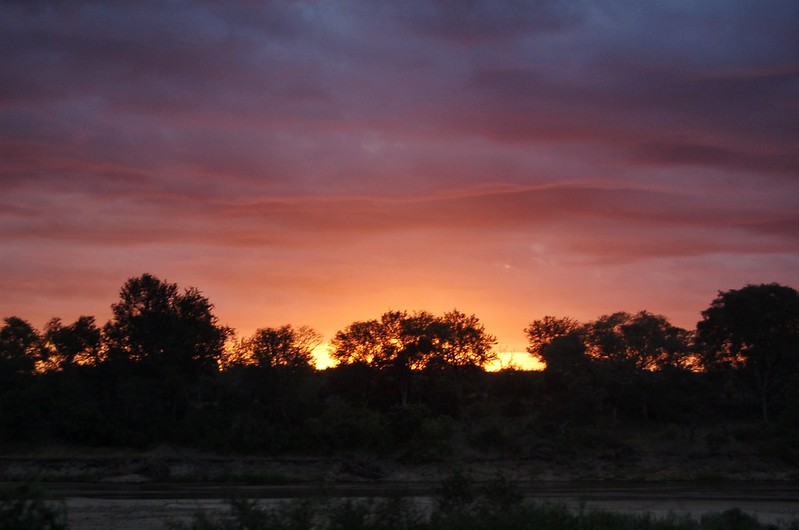
NB: my stay at MalaMala was kindly sponsored by the South African Tourist Board, Ethos Marketing and South African Airways – although most of the animal-based behavioural assumptions are my own (some are borrowed from Greg). Sorry, Greg.


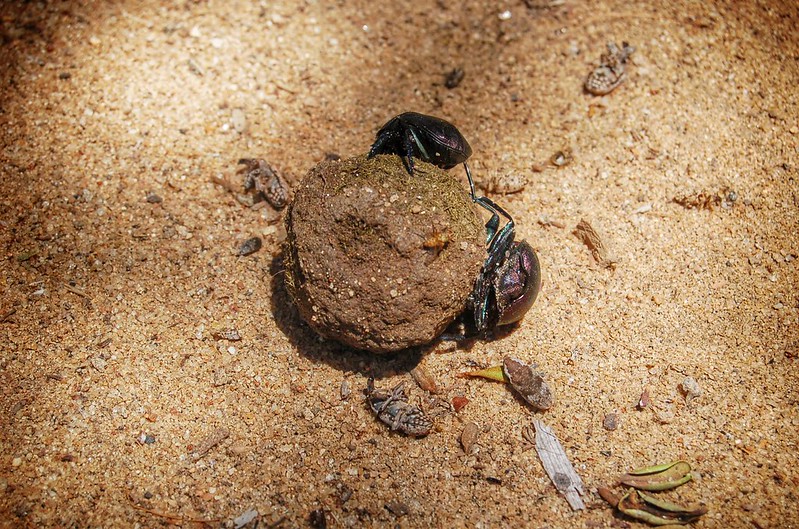
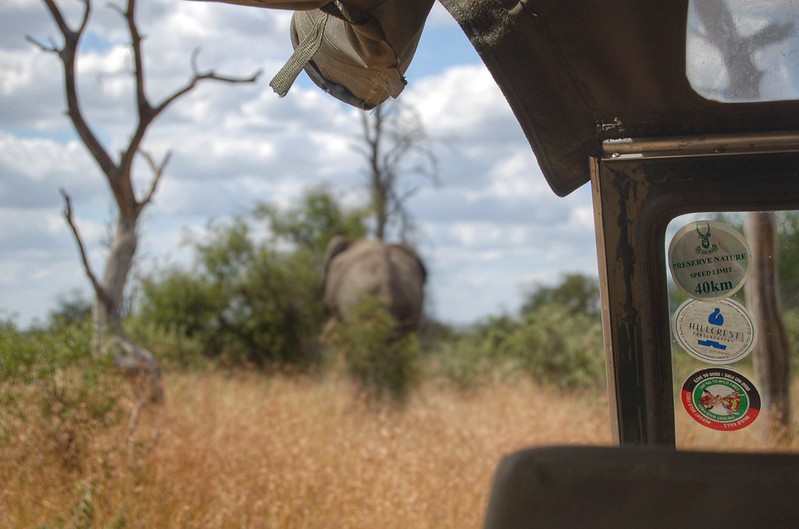
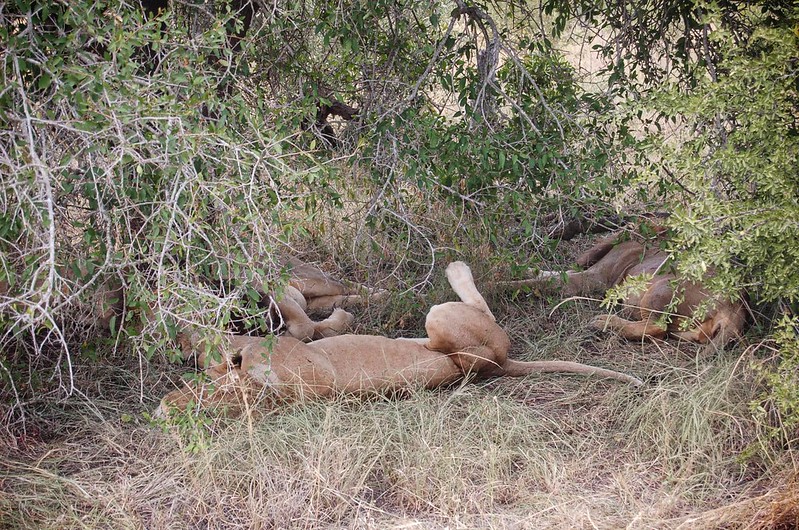
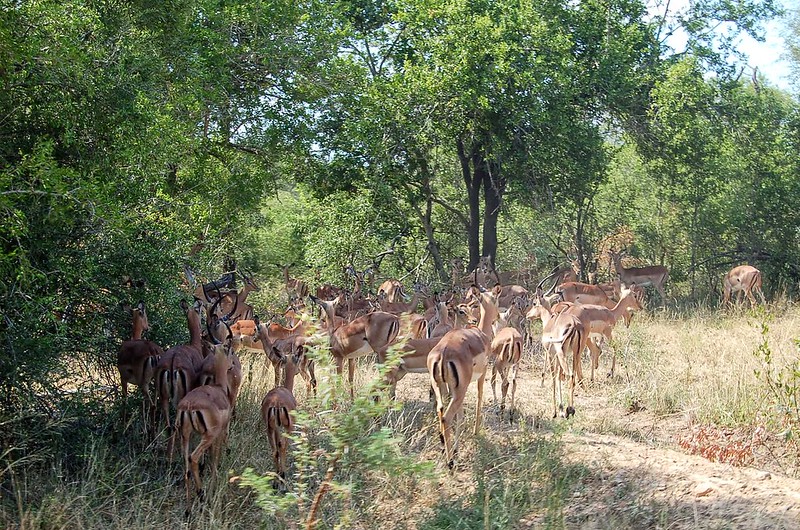
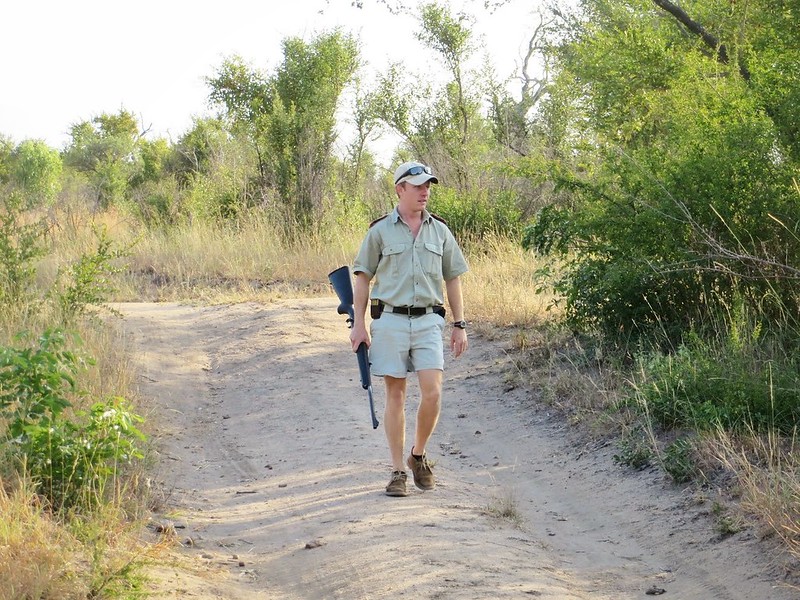
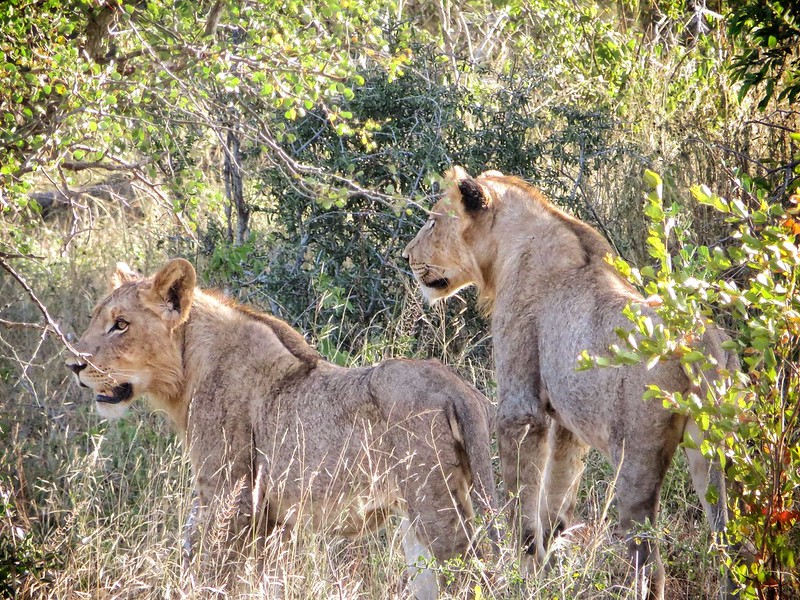
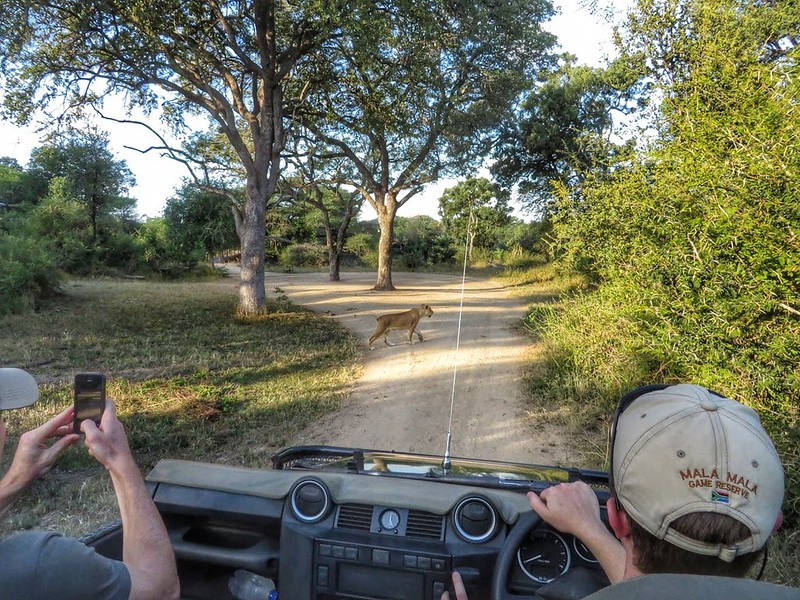
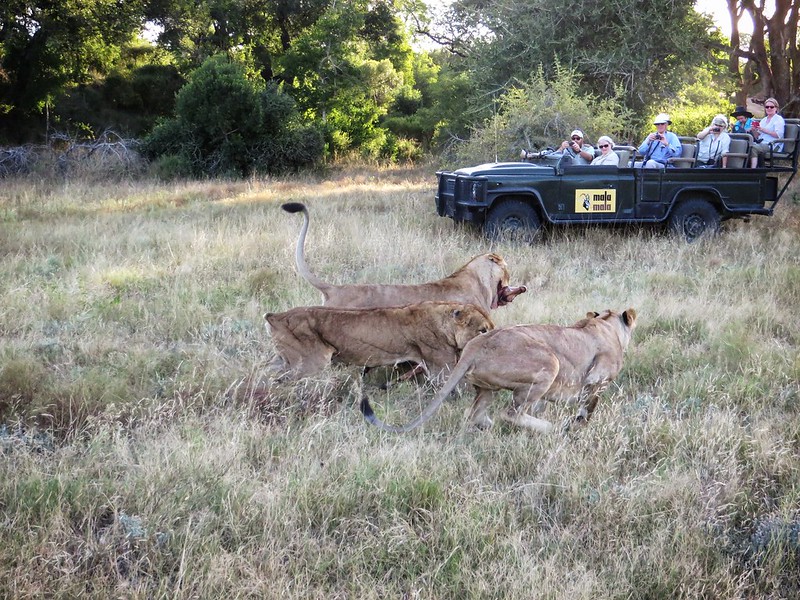
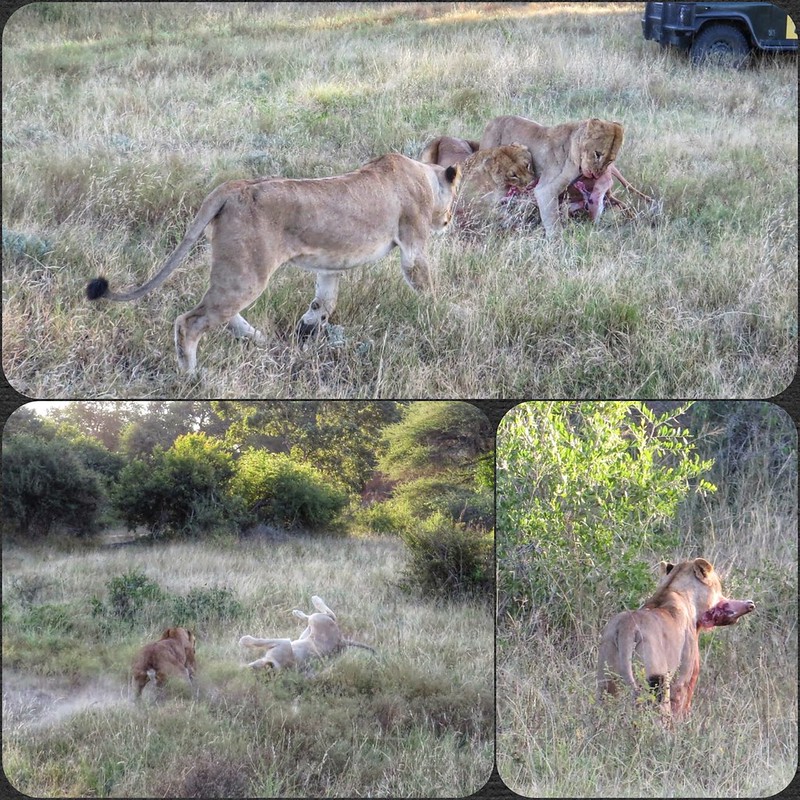

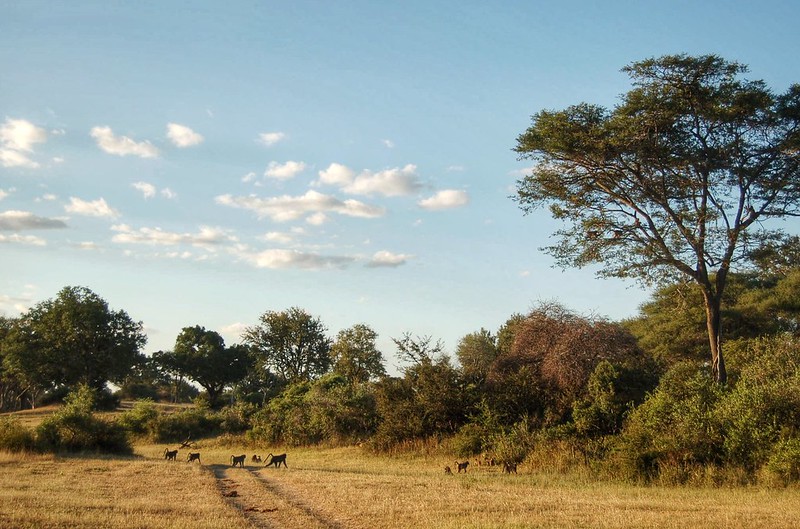
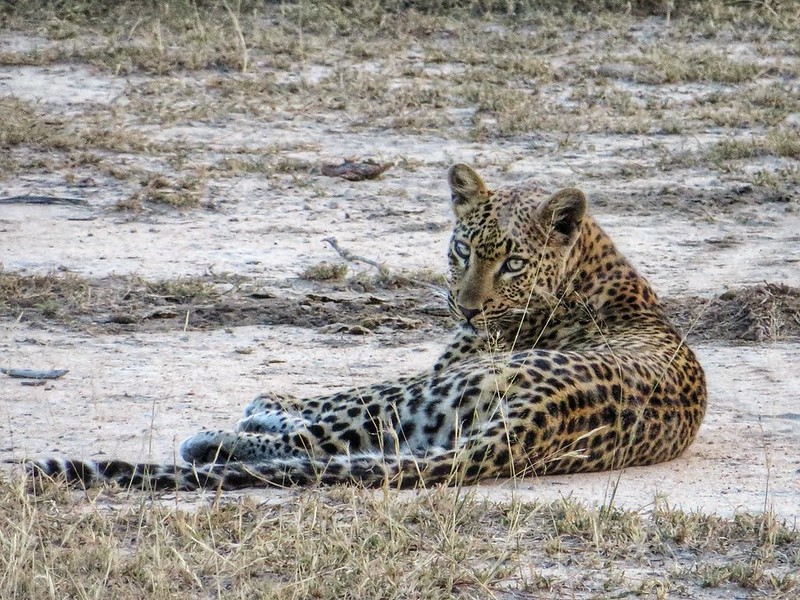

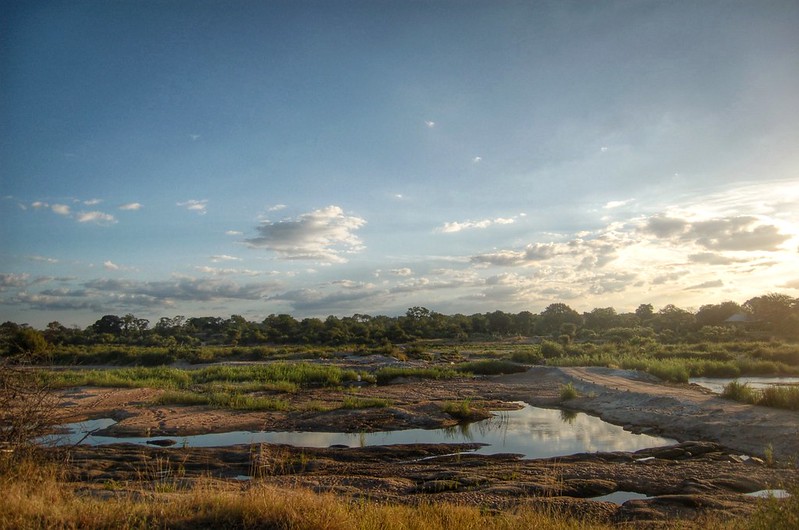
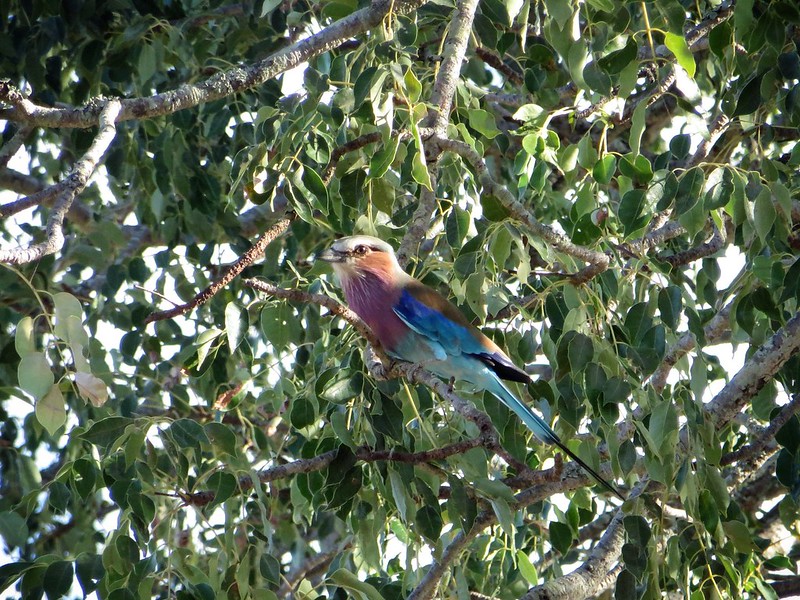
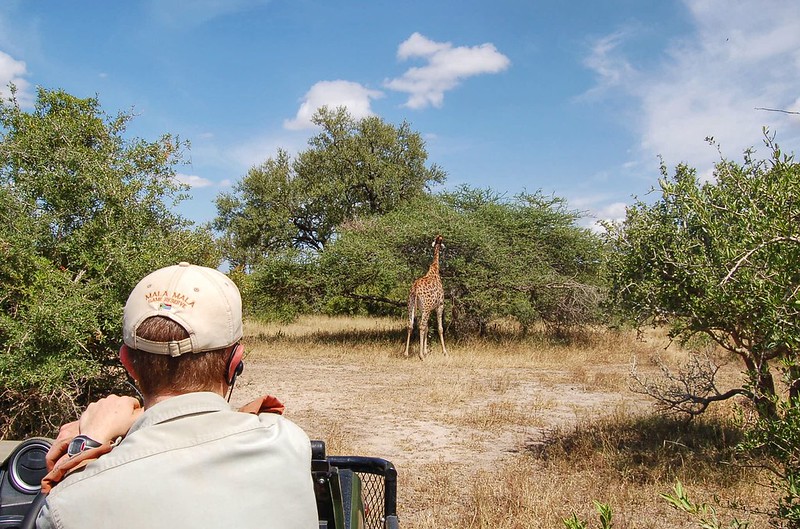
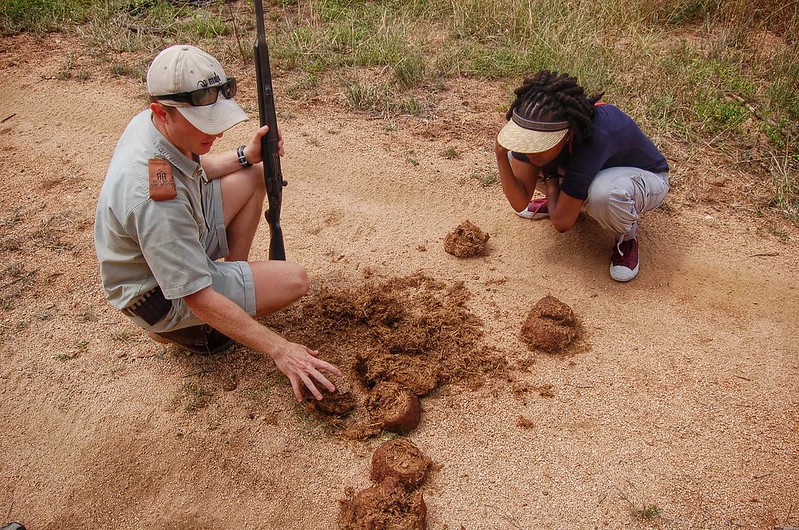
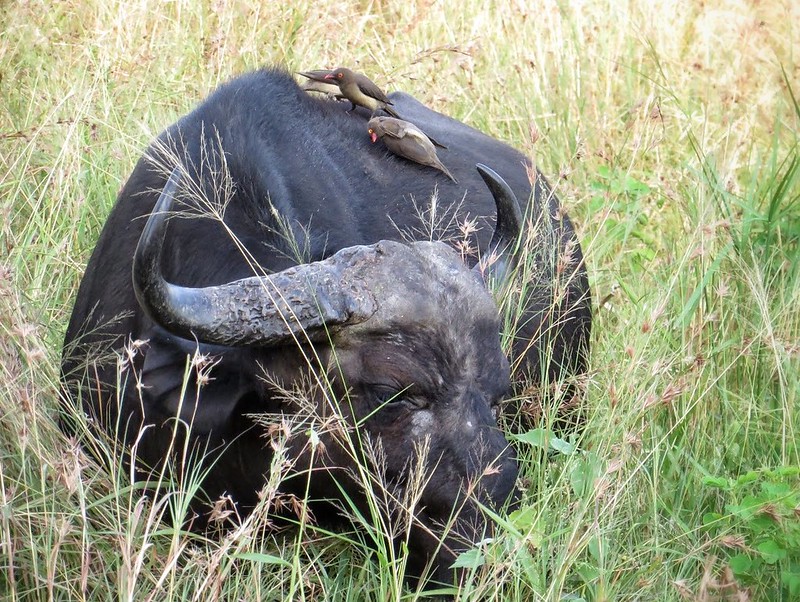

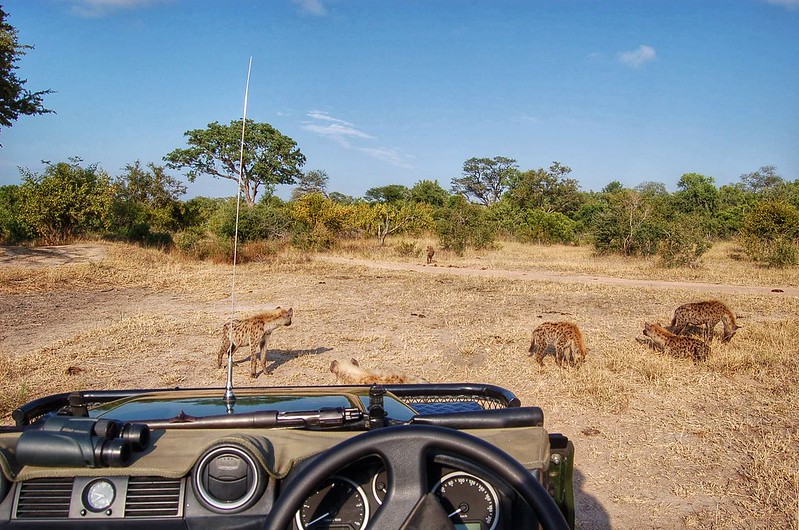

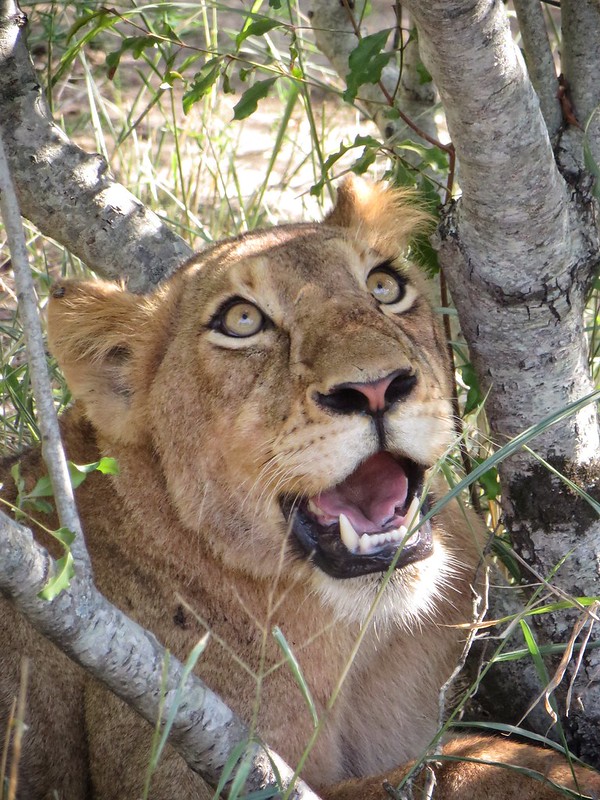

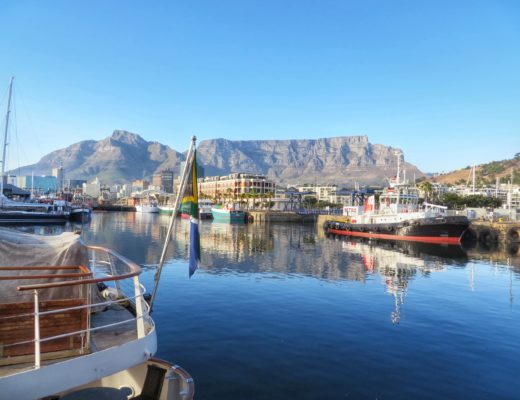
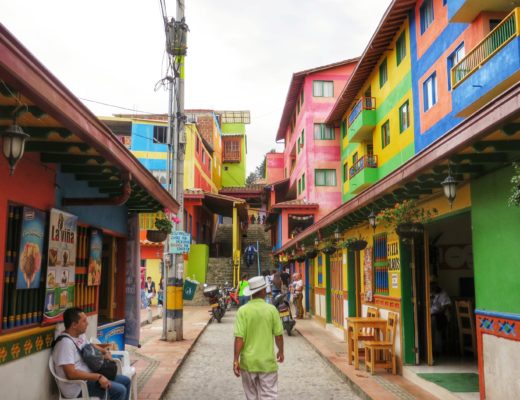
30 Comments
JP
July 17, 2015 at 1:17 pmWow sounds even more astonishing than I had imagined. Haven’t been lucky enough to go on a safari yet myself but this post has bumped it to the top of my bucket lis . Great write up.
Flora
July 22, 2015 at 5:54 pmThanks JP – you should definitely head out on safari when you get the chance!
Susan Schwartz
July 17, 2015 at 2:10 pmGorgeous photos and amazing memories!
Flora
July 22, 2015 at 5:55 pmI want to go back!!
adventurehanHannah
July 17, 2015 at 2:41 pmI had the same expectations as you when I went on safari in Kruger a few years ago.
When we first entered the park (my family hired a car) we were searching through the bushes for glimpses of an animal and got so excited when we thought we saw an impala in the bushes over a few hundred meteres away.
Little did we know we’d come almost eye to eye with an elephant and see lions within touching distance. Such a special place & beautiful write up!
Flora
July 22, 2015 at 5:59 pmHaha same here Hannah – I honestly thought that impalas were the most amazing creatures when we first arrived! (although to be honest I still totally love them)
Amanda Williams
July 17, 2015 at 3:11 pmAhhhh that looks so amazing! I’m in the early stages of planning a trip to Africa next year and I’m already so excited about it!
Flora
July 22, 2015 at 6:00 pmYayy you’re going to have such a great time Amanda! Which countries are you going to travel through?
Katrina the Two Week Traveler
July 17, 2015 at 3:19 pmI love your pictures! What an amazing experience! We went on safari in Sabi Sand Game Reserve in May, it was incredible. We didn’t see any kills happen but we did see a leopard eating an impala in a tree and we saw a pride of lions, including the male and cubs, eating a water buck carcass. I agree, seeing the circle of life in motion was the best part. It really made you feel at one with nature. I am dying to go back!
Flora
July 22, 2015 at 6:03 pmThree days really wasn’t long enough – I’m desperate to go back too! Sabi Sands looked absolutely amazing Katrina, and it sounds like you had a fantastic time.
Sharon Burke
July 18, 2015 at 1:19 amHey Flora…loved this …I’m still in Colombia mode heading back there mañana. ..7th time 2 years…love it there…Africa is on my radar though…keep up the fantastic writing. .
Flora
July 22, 2015 at 6:04 pmThanks so much Sharon! I’m super jealous that you’re back in Colombia again. Hopefully I’ll make it back soon too..!
Abhishek
July 18, 2015 at 8:12 amGreat post flora Africa certainly has more then just the big 5 and nestles itself with some of the world’s greatest flora and fauna species. Liking your wilderness encounters and looks just amazing. Hopefully when I do go to Africa my experience and animal encounters are as educational and fruitful as yours
Flora
July 22, 2015 at 6:10 pmThanks so much Abhishek! I’m sure you’d love the wildlife in Africa – hope you make it there in the near future 🙂
Ashley Tippins
July 20, 2015 at 1:40 pmWe went on a safari in Sabi Sands for our honeymoon in May, and I have to say the sentiment your guide Greg imparted about appreciating all the animals was very similar to our guide’s. He was as passionate about birds and bugs as lions and rhinos, and it made the experience all the better. I learned more about African wildlife in 3 days than I had in all my years watching the Discovery channel! Great photos and great post!
Flora
July 22, 2015 at 6:12 pmThat’s wonderful to hear, Ashley – I was bowled over by how passionate Greg and all his fellow rangers were 🙂
sarah heath
July 20, 2015 at 4:43 pmGreg is the best!!
Flora
July 22, 2015 at 6:05 pmAhh he really is! Glad we’re in agreement Sarah 🙂
Kgomotso
July 27, 2015 at 10:38 amGreat write up Flora. I wanna go back now! xx
Flora
August 1, 2015 at 8:07 pmYou and me both, Kgomotso!
Jessi (@2feet1world)
July 29, 2015 at 2:49 pmWow, what incredible experiences highlighted by your great writing. Love this post!
Flora
August 1, 2015 at 8:18 pmThanks so much Jessi!
Leigh
July 29, 2015 at 4:50 pmAn African safari is most definitely on my bucket list – maybe 2017!
Leigh
~campfiresandconcierges.com
Flora
August 1, 2015 at 8:19 pmI hope you make it out there Leigh – it’s a once in a lifetime trip!
Jenny Kim
August 2, 2015 at 5:40 pmThat’s amazing, it really looks like you had a real adventure out there. It must be so much better than seeing these animals in a cage at the zoo. I don’t have a desire to do a safari, but I think it would be fun if I ever went
Flora
August 24, 2015 at 8:54 amA safari is definitely an experience to remember Jenny!
Best Travel Blogs: The Travel Tester Favourites July '15
August 30, 2015 at 2:51 pm[…] More Than the Big Five: On Safari in South Africa || Flora the Explorer […]
From Cable to Table: in Love With the Mountain of Cape Town
September 20, 2015 at 10:02 am[…] again, I felt a strong sense of how wild this part of South Africa felt. Ok, so there weren’t lions and leopards strolling around the streets, but there’s something to be said for a city with such a […]
rebecca
October 7, 2015 at 8:45 pmAmazing!!!! So amazing
cheerstoawonderfulworld
November 24, 2017 at 3:46 amI can’t believe how lucky you got: Two kills close-up and even wild dogs, that’s amazing!